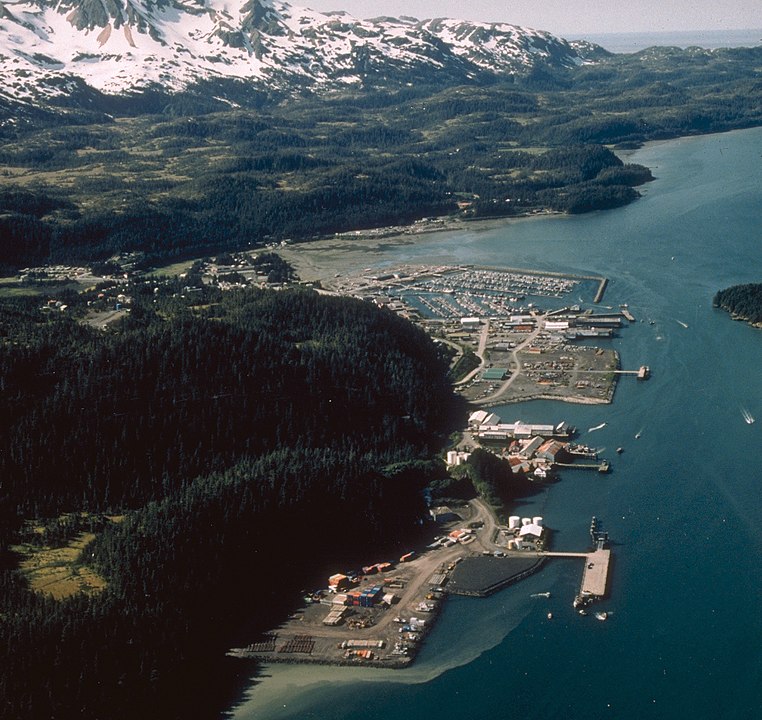The City of Cordova is in the midst of a water shortage of six weeks, and counting. KCHU’s James Devens reports.

Transcript
The City of Cordova has been in contact with the Alaska DEC and the State Emergency Operation Center about their emergency water shortage, which they first made public on July 31st. As of the most recent measurement, Meals Reservoir was nine feet below the spill-way mark, and after weeks of scrutiny and deliberation, in attempts to not draw water from Eyak Lake, the city is now running 2 full-time pumps to meet water demands. The City of Cordova consumes an average of 2.9 million gallons of water per day.
The biggest contributors to Cordova’s water shortage are the exceptionally dry conditions in coastal Alaska this summer, and high demand for water in their fish processing industry. According to Public Works Director Sam Greenwood, In the winter, when reservoirs are mostly full, and fish processing is not active, the demand for water is rarely much above one million gallons per day, but at the peak of fish processing season, the demand has been as high as 3.5 million gallons.

Cordova, and Prince William Sound at large saw a very hot and dry season, as did much of the state. Cordova Mayor Clay Koplin says August was the hardest month, due to ramped up production, and ramped up heat.
Koplin: “August May go in the record books. There were portions of town that got some thunderstroms, and got 2-3 inches in one day… that as by far and away the most precipitation we got for the month.”
|
|
Koplin says the water shortage opened many eyes about the infrastructure in Cordova, and the chance that future years may be just as hot, and just as dry. The City of Cordova moved Water Reserves to it’s second highest priority, after ports and harbors, which are Cordova’s largest economic drivers. The shift in priority, he says, was much needed.
Koplin: “Pumping full-time, 24/7 out of our city’s emergency water supply was not keeping up with the demand”
Greenwood echoed the Mayor’s concern for the limitations of the water system.
Greenwood: “So, the daily demand issue is that, when they are asking for a large amount of water, a large quantity of water at one time, we can only push so much water through our pipes. We have tanks that feed it, so as the tanks get lower, the head pressure decreases.”
Both Koplin and Greenwood agreed that though the water shortage may continue to be a problem into the fall, that they were proud of the community, and the fish processors for doing their part in voluntarily reducing usage and conserving water this season.
Greenwood: “I think everybody put their best foot forward, and really helped a lot”

